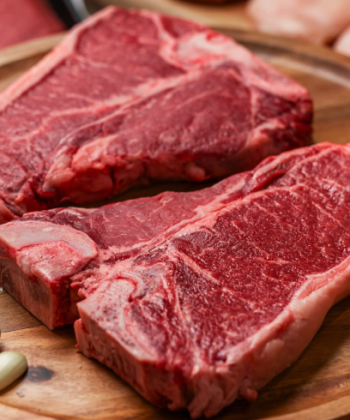
Introduction
Every home cook and professional chef has experienced it: the involuntary stream of tears that cascades down one’s face while dicing or slicing onions. This phenomenon, although common, presents a labyrinth of chemical processes that many remain oblivious to. Let’s embark on a journey, peeling back the layers of this everyday experience to uncover the intriguing world of onion chemistry.
The Anatomy of an Onion: More Than Meets the Eye
Beneath the papery exterior of an onion lies a matrix of cellular layers, each teeming with a complex cocktail of compounds. These compounds, evolved over millennia, serve as the onion’s natural defense system, warding off pests and potential threats. These layers, meticulously packed, are not merely food for our consumption. They are the culmination of the onion’s intricate biology, primed to protect its genetic legacy.
The onion’s protective nature is not merely a byproduct of its culinary appeal but is deeply rooted in its evolutionary advantage. Over countless generations, onions have developed a set of chemical armaments, ensuring their survival in a world filled with herbivorous adversaries.
Syn-Propanethial-S-Oxide: The Culprit Behind the Tears
Within the confines of the onion’s cells resides the tear-inducing compound, Syn-Propanethial-S-Oxide. This potent substance, although innocuous when contained within the onion’s intact cellular structure, becomes a formidable foe once those cells are breached.
The act of cutting an onion initiates an enzymatic cascade. This sequence of reactions results in the rapid conversion of the onion’s natural compounds into the infamous tear-jerker, Syn-Propanethial-S-Oxide. The process, though seemingly simple, is a testament to the onion’s elaborate chemical defense strategy.
The Human Response: Why Our Eyes React the Way They Do
When confronted with foreign irritants, the human body is remarkably adept at defending itself. Our eyes, the windows to our souls, are no exception. They come equipped with a built-in defense mechanism, geared towards protecting our delicate ocular structures from potential harm.
The lachrymal glands, often overshadowed by their more prominent neighbors, play a pivotal role in this defense. Positioned strategically within our orbital anatomy, these glands produce tears, nature’s own eye-wash, designed to flush out any unwelcome invaders, including the pesky compounds released by our culinary endeavors with onions.
Tips to Minimize the Tears: Practical Advice Based on Science
Navigating the world of onions without the accompanying waterfall of tears might seem like a culinary myth. However, with the aid of science and a pinch of practicality, one can master the art of tear-free onion preparation. Below are some empirically-backed methods to ensure a more pleasurable onion chopping experience:
- Use a Sharp Knife:
- Precision is key. A sharp knife ensures you slice through onion cells cleanly, reducing the release of irritants. Dull blades crush more cells, thereby releasing a higher concentration of the tear-causing compound.
- Chill the Onions:
- Place onions in the refrigerator for about 30 minutes before cutting.
- The cold temperature slows down the enzyme responsible for producing the lachrymal irritant, minimizing its effect.
- Water Barrier:
- Cut onions under running water or periodically rinse the knife.
- Water acts as a barrier, capturing and diluting the volatile compounds before they reach your eyes.
- Ventilation is Vital:
- Ensure your kitchen is well-ventilated. Using a fan to blow the onion fumes away from your face can make a significant difference.
- Safety Goggles:
- As whimsical as it may sound, wearing safety goggles (or even swimming goggles) can effectively shield your eyes from the onion’s irritant. Ensure the goggles have a snug fit to prevent vapors from entering.
- The Core Matters:
- The base of the onion contains a higher concentration of the enzymes. By not cutting off the root end – or by making it the last cut – you can reduce the release of the irritant.
- Reduce Exposure:
- Cutting the onion in half and letting it sit for a few moments before proceeding can also help in reducing the immediate release of the tear-jerking compounds.
By incorporating these strategies, one can mitigate the tearful side-effects of onion preparation and focus on the culinary delights that await. Whether you’re a seasoned chef or a kitchen novice, these tips can make the experience of handling onions less daunting and more enjoyable.
Conclusion
The humble onion, often relegated to the role of a mere ingredient, emerges as a marvel of evolutionary engineering and chemical complexity. Its ability to bring tears to our eyes is a poignant reminder of nature’s intricate designs. And while onions stand as a testament to nature’s prowess, they also nod to the myriad other foods and compounds that evoke strong, visceral reactions, compelling us to appreciate the profound interplay between nature and our human experience.


